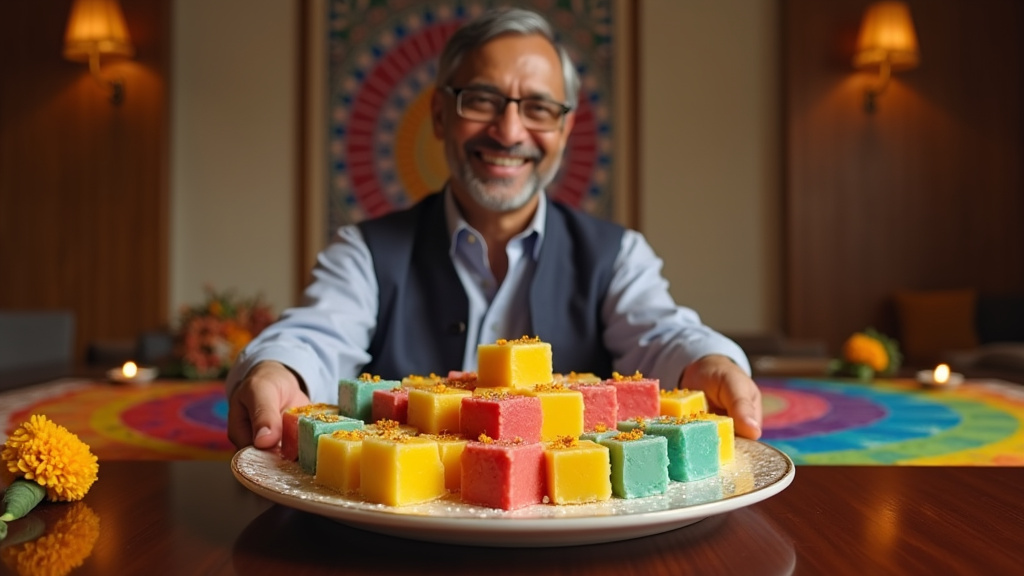In the ever-shifting landscape of social media, a powerful new trend has emerged, resonating deeply with Generation Z’s inherent drive for self-improvement and achievement. Dubbed “The Great Lock In,” this phenomenon, primarily gaining traction on TikTok since August 2025, encourages individuals to dedicate specific periods, often from late summer through the end of the year, to intense focus on personal and professional goals. It’s more than just a fleeting meme; it represents a collective desire among young people to regain control, build discipline, and establish a desired self amidst a world often perceived as chaotic and overwhelmingly distracting.
What is The Great Lock In?
At its core, “The Great Lock In” is a self-imposed challenge to hyperfocus on specific objectives. Originating on platforms like TikTok, the trend is often visually accompanied by motivational content, notably highlights from basketball legends such as Michael Jordan and Kobe Bryant, symbolizing peak performance and unwavering commitment. Users typically designate a three-month period, often aligning with the academic calendar from September to December, to “lock in” their efforts. This involves creating motivational videos and sharing their journey under hashtags like #thegreatlockin and #lockingin, showcasing their dedication through disciplined routines, meal prepping, workouts, and focused study sessions. While initially geared towards fitness and financial goals, the trend has evolved to humorously encompass more mundane tasks, demonstrating its widespread, self-aware application.
The Psychology of Hyperfocus: Why Gen Z is “Locking In”
Experts suggest that “locking in” is fundamentally about “establishing a new you”. For Gen Z, a generation characterized as goal-oriented and ambitious, this trend taps into a deep-seated desire for self-improvement and personal growth. The relentless barrage of digital distractions, from social media feeds to constant notifications, has led many in this generation to seek refuge in structured focus. “Locking in” offers an antidote to digital fatigue and the feeling of being overwhelmed, transforming a passive consumption of content into active self-creation. Furthermore, in an era marked by global uncertainties, economic pressures, and a pervasive sense of anxiety, the ability to control one’s immediate environment and daily routine provides a crucial sense of comfort and agency. This pursuit of control is a significant driver for the trend’s popularity, offering a tangible way to build resilience from the inside out.
From Fitness Goals to Mundane Tasks: The Evolution of a Viral Trend
While the “Great Lock In” initially gained momentum as a means to achieve ambitious goals like significant fitness milestones or financial stability, its appeal has broadened considerably. The trend’s adaptability has allowed it to morph into a relatable meme, with users humorously applying the concept to everyday challenges. This evolution underscores Gen Z’s knack for infusing serious self-development with a layer of self-aware humor. The core idea remains the same: dedicating a period to rigorous focus, but the application has become more flexible. This adaptability is key to its sustained popularity and has even seen it adopted by older generations looking to revamp their professional lives, focusing on career roadmaps, skill development, and habit consistency.
Social Media as a Catalyst and Community Builder
Platforms like TikTok serve as the primary engine for “The Great Lock In,” transforming individual aspirations into a shared, visible movement. The inherent nature of social media facilitates the creation of a collective experience, where participants document their progress, find inspiration in others’ journeys, and foster a sense of accountability. This shared endeavor helps individuals feel less alone in their pursuit of self-improvement, creating a digital community bound by common goals. However, this public sharing also introduces the concept of “performative locking in,” where the act of posting about one’s progress can sometimes overshadow the actual commitment to the goal.
Beyond the Hype: Potential Pitfalls of Intense Focus
While “The Great Lock In” trend champions discipline and productivity, it is not without its criticisms and potential downsides. Psychologists and cultural critics caution that an unrelenting focus on self-optimization can lead to burnout, excessive stress, and foster a mentality of toxic individualism. The pressure to constantly “work yourself to the bone” can set unrealistic expectations and, for some, detract from overall well-being. Critics also point out that the trend, when amplified through social media, can easily devolve into a competition or a performance, rather than a genuine journey of personal growth. Finding a balance between disciplined effort and self-care is a crucial consideration for those engaging with this popular movement.
In conclusion, “The Great Lock In” trend is a compelling reflection of Gen Z’s desire for purpose, control, and self-betterment in a complex, digitally saturated world. It harnesses the power of social media to create accountability and community, turning personal goals into a trending spectacle. While offering a potent motivational framework for many, its embrace of intense focus serves as a reminder of the ongoing dialogue surrounding productivity, well-being, and the digital pressures shaping contemporary youth culture. The trend’s continued evolution will likely be a key indicator of how this generation navigates ambition and balance moving forward, making it a significant piece of current lifestyle news.





